“Risk analysis is the art of turning uncertainty into actionable insight.” — Anonymous
In this article, I will outline how to evaluate an FMEA against the FMEA Quality Objective for Technical Risk Analysis.
By definition, “risk analysis” is “the systematic process of identifying, evaluating, and estimating the levels of risk involved in a situation, process, or system, in order to inform decision-making. [Read more…]

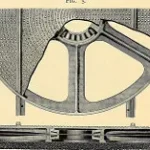

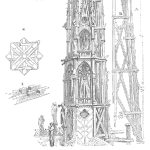




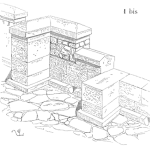
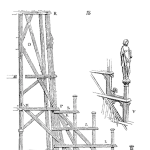
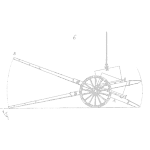


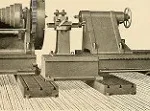

 Ask a question or send along a comment.
Please login to view and use the contact form.
Ask a question or send along a comment.
Please login to view and use the contact form.